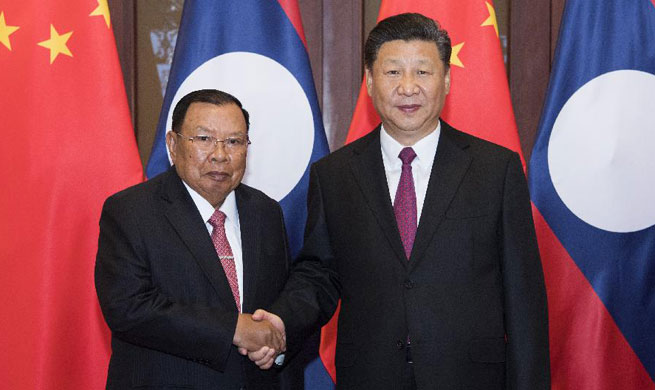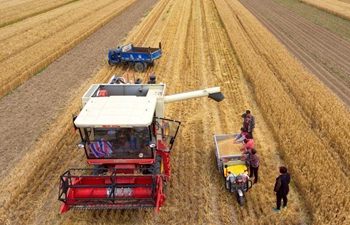CANBERRA, May 31 (Xinhua) -- The Turnbull government's proposed tough carbon-emissions standards threaten to take some of Australia's most popular cars off the road, according to industry officials.
The Federal Chamber of Automotive Industries (FCAI) said the Toyota Hilux and Ford Ranger, Australia's top-selling cars last year, would be among those at risk under ambitious emissions rules being considered.
If it decided to proceed with policy, the conservative coalition will try to sell it as a win for motorists, saving them up to 500 Australian dollars a year in fuel costs.
The savings, however, will depend on drivers switching to newer, more economical vehicles.
The Australian newspaper reported on Thursday that only two of Australia's top 20 cars come close to meeting the proposed the 105 g CO2/km emissions target.
Cities Minister Paul Fletcher, who is leading the government's ministerial forum on vehicle emissions, said "any decision will place savings for Australians front and center."
Motoring organizations have previously branded the 105 g CO2/km target a "carbon tax on cars" that would add up to 3,800 U.S. dollars to the price of some vehicles.
It is understood energy bureaucrats are continuing to model the 105 g CO2/km target under different scenarios for electric vehicle uptake to devise a policy that will not inflate prices or force drivers to switch cars.
The new standard was proposed for 2025, but could be deferred until 2027.
Federal Chamber of Automotive Industries chief executive Tony Weber said manufacturers would be unable to meet the target while continuing to sell the cars Australians wanted to buy at prices they were willing to pay.
"If such a scheme was put in place, manufacturers will either have to restrict the supply of vehicles with higher CO2 outputs, or pay fines which ultimately will be borne by consumers," he told The Australian.
Under the Australian government's commitment to the Paris Agreement on climate change, it must reduce carbon emissions in the transport fleet by 26-28 percent of 2005 levels by 2030.

















